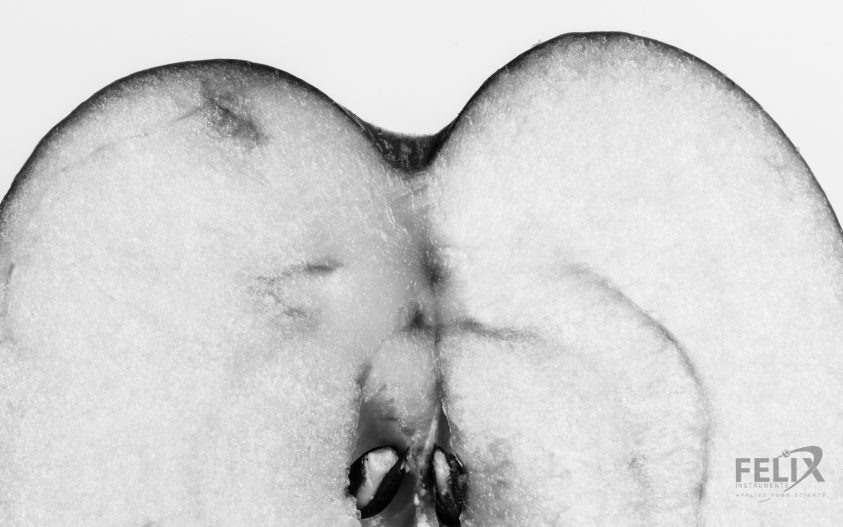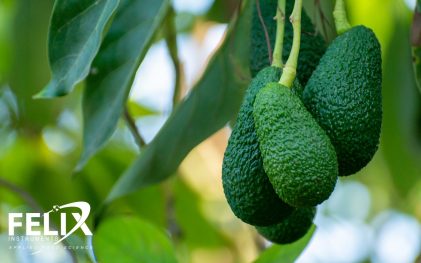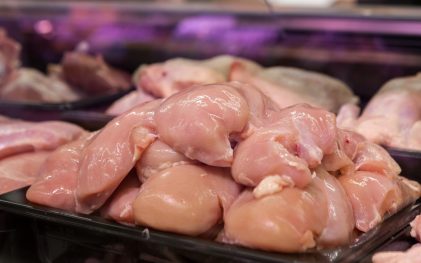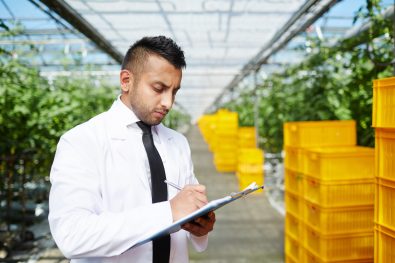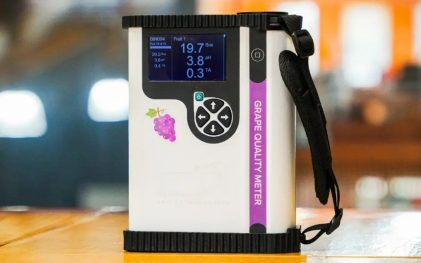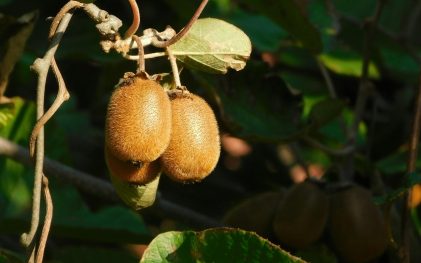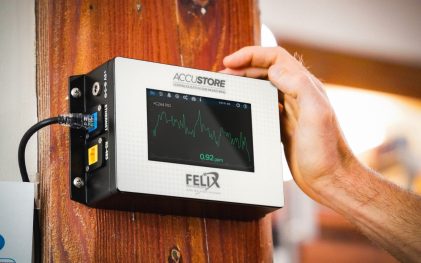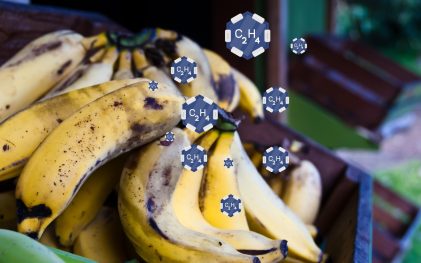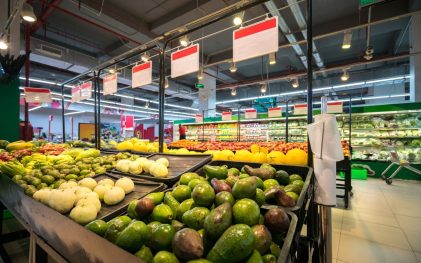Articles
What Are the Most Common Apple Quality Issues and How Can They Be Prevented?
The primary quality issues with apples are water loss, physiological disorders, storage disorders, microbial decay, and mechanical injuries. Some of the factors that influence post-harvest apple quality include harvest maturity, storage conditions, proper handling, and growing conditions throughout the supply chain. The susceptibility of apples to quality problems can vary by cultivar; therefore, growing, storage,… Continue reading…
Additional reading
How to Prevent Postharvest Quality of Table Grapes from Declining During Storage and Transport
Gray mold infection and rachis browning are the two main factors responsible for post-harvest quality loss of table grapes. Loss of appearance, weight, and firmness, shriveling, wilting, and bruising are some of the other prominent quality issues seen in postharvest grape clusters. Rapid moisture loss in berries, handling, and diseases are the three major postharvest… Continue reading…
F-750 vs TR Turoni 532: Which Produce Quality Meter Gives You Better Dry Matter Accuracy?
When measuring fruit maturity and postharvest quality, dry matter is one of the most trusted indicators. It’s the foundation for understanding ripeness, flavor potential, and storage performance across crops like avocados, mangoes, kiwifruit, and apples. In the debate of F-750 vs TR Turoni 532, both instruments are popular choices for non-destructive dry matter estimation. The… Continue reading…
What Are Brix Measurements and Are They Crucial in Fresh Produce?
Brix is the most common unit used in the food and beverage industry. Brix measurement is helpful in crop production, scheduling harvest, quality control, marketing, and processing. The use of Brix is widespread because it is easy and inexpensive, and it can be used in fields, storerooms, during transit, in shops, and in processors. Nondestructive… Continue reading…
What Is an Ethylene Monitoring System and Why Is It Critical for Fresh Produce?
Ethylene monitoring systems can have fixed or portable sensors. Other components of the monitoring systems could be data logging, data transmission, connectivity, remote access, and a control event scheduler. The sensors used to detect ethylene must be sensitive, selective, stable, rapid, and have the required lower limit and detection range. Ethylene monitoring in the postharvest… Continue reading…
How to Detect and Control Ethylene in Storage Rooms
Ethylene must be monitored and controlled as even trace amounts in parts per billion can cause over-ripening, decay, and spoilage. Fixed and portable gas analyzers that can detect and monitor ethylene levels in storage facilities are available on the market. Several strategies exist to lower ethylene levels, including venting, the use of ethylene inhibitors, scrubbers,… Continue reading…
What Is Ethylene Gas and Why Is It Shortening Your Fruit’s Shelf Life?
Ethylene is a natural phytohormone produced by plants and climacteric fruits, but also exists in the supply chain through anthropogenic sources. Ethylene accelerates unplanned ripening processes, causes decay, and increases susceptibility to physiological problems and pathogens. The effects of ethylene depend on fruit maturity stage, species, cultivars, the concentration and exposure duration of the gas,… Continue reading…
